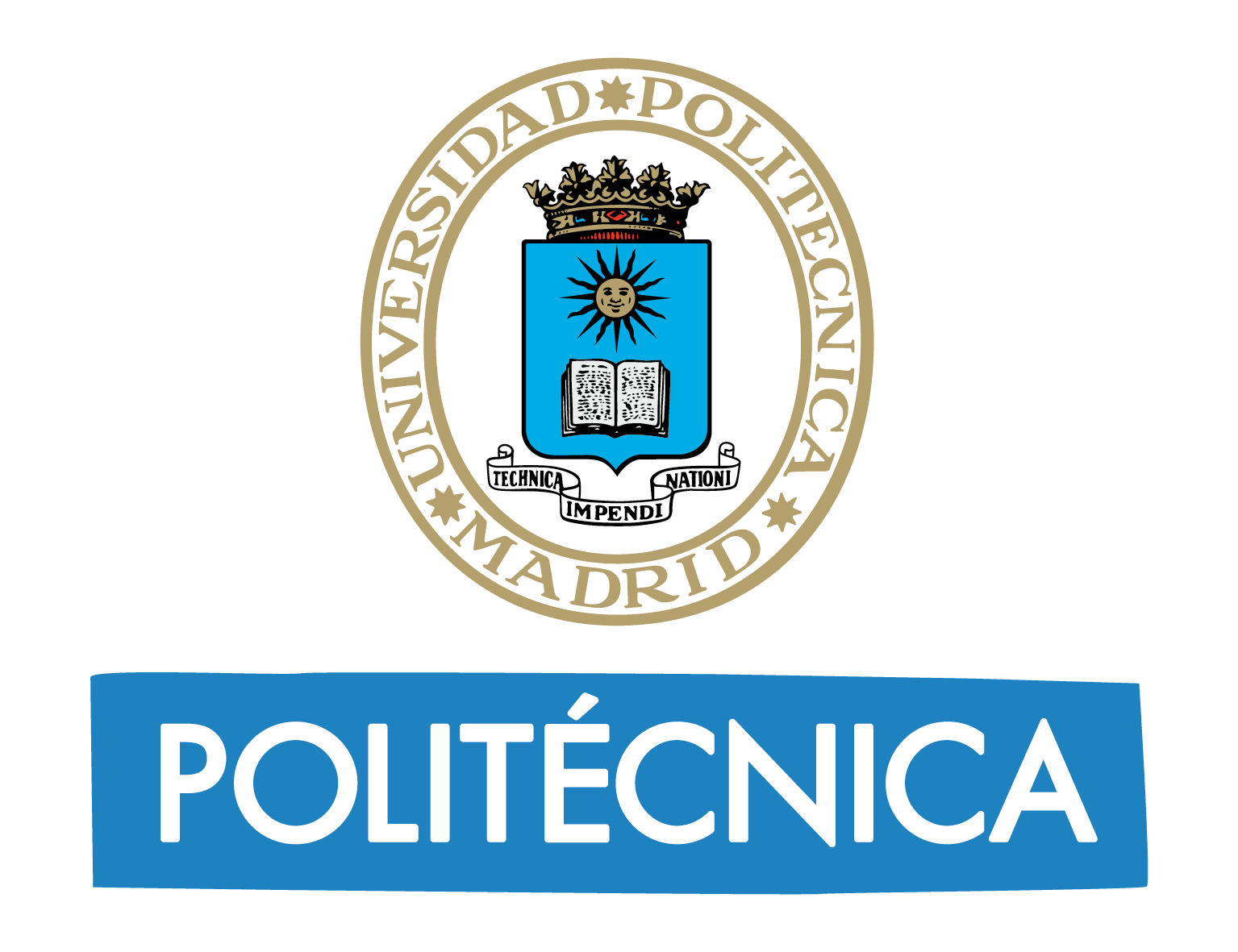UPM: Advancing scientific knowledge with a state-of-the-art Lenovo supercomputer
Magerit-3, a supercomputer based on Lenovo ThinkSystem servers and powered by Intel® Xeon® Gold processors, enables academics at the Universidad Politécnica de Madrid to process, model, and analyze data faster than ever, supporting game-changing scientific research.
03.06.2020
The Universidad Politécnica de Madrid (UPM) is one of the oldest and most prestigious technical universities in Spain. It trains more than 29,000 undergraduate and 6,000 graduate students in a wide range of science, technology, and engineering disciplines. UPM is made up of 18 schools and the Rectorate – the administrative governing body. A further 20 research institutes are connected to the university faculty, one of which is an accredited Severo Ochoa Center of Excellence. This accreditation is awarded by the Spanish government in recognition of outstanding scientific research.
UPM participates in dozens of national and international research programs, and is home to the Supercomputing and Visualization Center of Madrid (Centro de Supercomputación y Visualización de Madrid, or CeSViMa). CeSViMa is supported by the Vice Rector’s Office for Technology Services. CeSViMa provides students and faculty with high-performance computing (HPC) resources, cloud storage and virtualization to support academic research across UPM, as well as to associated research centers such as the Instituto de Fusión Nuclear and Instituto de Energía Solar.
Óscar Cubo Medina, Technical Director of CeSViMa, explains: “We manage one of the most powerful HPC clusters in the country, called Magerit. It means ‘place of many waters’ in Arabic, and is the ancient name for Madrid. We support research in a diverse range of disciplines – from biotechnology and earth sciences to machine learning.” HPC has become the indispensable tool for academic research, and demand for CeSViMa’s services are growing all the time.
Advances in data modeling and simulation in recent years mean that the scientific community requires more and more computational power, putting pressure on CeSViMa’s existing HPC infrastructure. Scientists Antonio Rivera and Ovidio Peña Rodríguez from Instituto de Fusión Nuclear rely on data simulations to support their research into plasmonic nanoparticles and use a range of physics and molecular dynamics codes to uncover insights into the effects of intensive electronic excitation on materials.
Peña Rodríguez comments: “Some calculations simply could not be done using the Magerit-2 cluster.” Rivera confirms: “It used to take up to a week to complete some simulations.” Other researchers, such as Pablo Palacios and Pablo Sanchez-Palencia from the Instituto de Energía Solar, agreed. They required significant HPC resources to develop new solar cells made from perovskites – a material that is more efficient and cheaper to produce than traditional silicon-based cells. However, perovskite is a less stable material than silicon. Palacios and Sanchez-Palencia are testing new combinations of perovskite with different metals to create more stable photovoltaic materials. Like their colleagues at the Instituto de Fusión Nuclear, Palacios and Sanchez-Palencia found that it was taking longer and longer to run jobs on the existing HPC infrastructure.
In response to growing demand, CeSViMa engaged Lenovo to design and deploy a new supercomputer to boost capacity and processing power. Magerit-3, the third generation of the Magerit series, is made up of 68 Lenovo ThinkSystem SD530 servers featuring 136 Intel® Xeon® Gold 6230 processors with a total of 2,920 cores. The cluster boasts more than 13 PB of memory and delivers a peak performance of 182.78 teraFLOPS, significantly increasing computational power and accelerating some workloads by as much as 5X. Today, Magerit-3 is at the heart of a vibrant research community. Students and faculty from across UPM and partner institutes are using the supercomputer to support their work. This includes academics in the fields of bioinformatics, earth sciences, genomics, quantum chemistry, solar energy, and nuclear fusion and fission – to name just a few.
The Instituto de Fusión Nuclear is one of the largest users of Magerit-3, with dozens of research projects that currently rely on HPC. José Manuel Perlado, Chair of Nuclear Physics and Director of the Instituto de Fusión Nuclear, remarks: “Our researchers must run very computationally demanding jobs that require both large processing capability and a large amount of memory. Magerit-3 delivers on both fronts, enabling us to run complex jobs and crunch data faster which helps scientists to advance their research.”
Users like Eduardo Oliva Gonzalo, a postdoctoral researcher at the Instituto de Fusión Nuclear, are now harnessing the capabilities of Magerit-3 to drive their pioneering work. “I use Magerit-3 to simulate centimeters or even millimeters of plasma at high resolution,” says Oliva Gonzalo. “I had been using smaller systems to run simulations before, but you cannot do this kind of research on small clusters. You need a huge amount of compute power, and that’s exactly what Magerit-3 delivers.” With Lenovo and Intel technology powering the new Magerit-3 cluster, CeSViMa can deliver state-of-the-art supercomputing resources to academics across Spain, supporting ground-breaking research and helping to accelerate the pace of scientific discovery.


